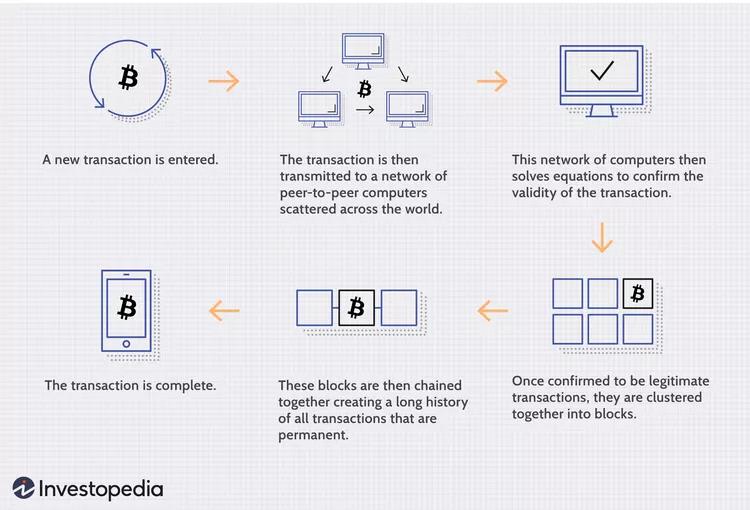Governments need money to pay for things like healthcare, education, and infrastructure projects that are essential for a country’s development. In the UK, the government raises a lot of its income from taxes paid by individuals, businesses, and corporations. However, in some years, the amount of money raised from taxes may not be enough to cover the government’s spending.
To cover this gap, the government has three options: raise taxes, cut spending, or borrow money. Raising taxes can negatively impact businesses and individuals, who will have less disposable income to put back into the economy. Meanwhile, cutting spending may lead to reductions in essential services such as education and the NHS. Borrowing, therefore, is often the most preferred option.
The UK government borrows money to boost the economy and to pay for large projects. This can include improving the railway system, building new roads, and investing in technology updates for hospitals.
The government borrows money by selling bonds. These bonds are promises to pay back the money borrowed with interest. Bonds work as a promise of future payment, and most bonds require a borrower to make regular interest payments over the bond’s lifetime.
UK government bonds, also known as “gilts,” are considered safe. Gilts are typically bought by institutional investors such as banks, pension funds, and insurance companies, but they are also available to individual investors. In recent years, the Bank of England has also been a major buyer of gilts, as part of its quantitative easing program, which involves buying large amounts of government debt to stimulate the economy.
Gilts come in a variety of different forms, including short-term and long-term bonds, inflation-linked bonds, and index-linked bonds. Short-term bonds typically have a maturity date of less than 5 years, while long-term bonds can have a maturity date of up to 50 years or more.
The interest rate on a gilt is known as the coupon rate, and it is fixed at the time the bond is issued. The government pays the coupon rate to investors at regular intervals over the life of the bond, and when the bond matures, the investor receives the original amount borrowed.
The amount of money the UK government borrows varies from year to year. For the financial year between April 2022 and February 2023, the government borrowed £132bn, which is up by about 6% compared to the previous year. The total amount the government owes is called the national debt, and it is currently just over £2.5 trillion.
While some economists worry that the government is borrowing too much at too great a cost, others argue that extra borrowing can help the economy grow faster, generating more tax revenue in the long run.
However, the larger the national debt gets, the more interest the government has to pay. The government’s debt interest is currently more than £100bn a year, which is more than the government spends on education.
While Chancellor Jeremy Hunt has blamed the pandemic and the conflict with Russia for driving up government costs, he has also emphasised the importance of sticking to the plan and ways to repay debt over the medium term. Reducing national debt is also one of Prime Minister Rishi Sunak’s five key promises.
























